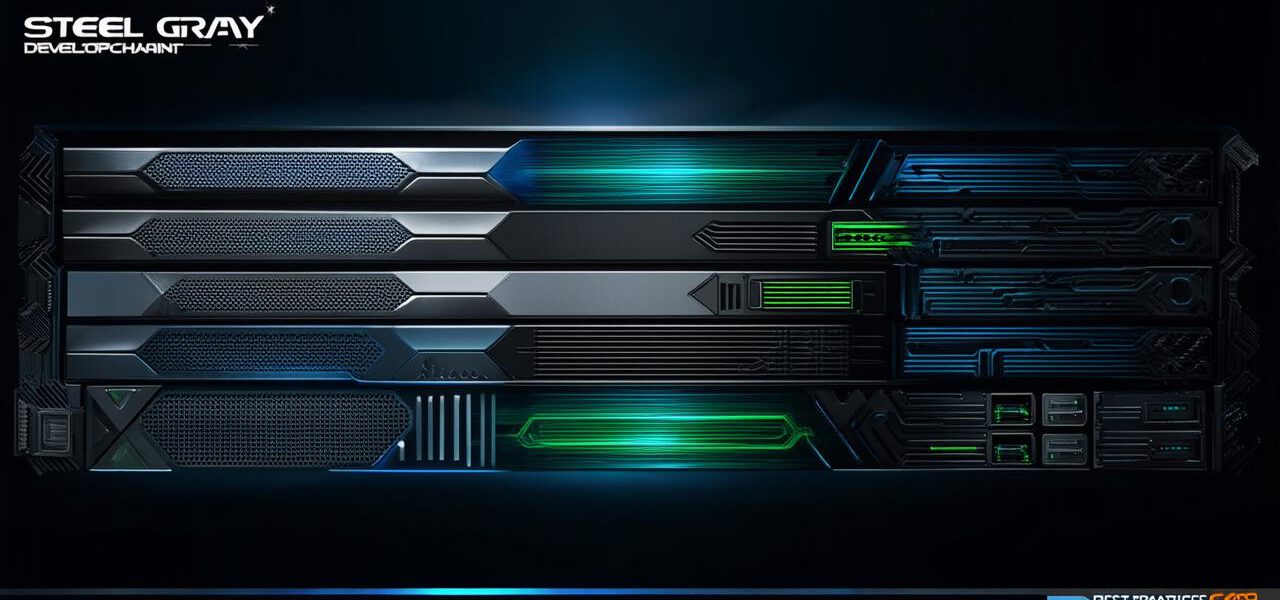
Best practices for developing blockchain technology
1. Define the Problem and Goals
Before diving into blockchain development, it is crucial to define the problem or opportunity that the technology aims to solve. This step involves identifying the specific use case of blockchain and determining the goals of the project. For example, a company may want to reduce transaction costs in the supply chain by using blockchain to manage inventory and logistics. By defining the problem and goals, businesses can create a clear roadmap for blockchain development and ensure that the technology aligns with their objectives.
2. Conduct a Feasibility Study
After defining the problem and goals, it is essential to conduct a feasibility study to determine if blockchain technology is suitable for the specific use case. This step involves analyzing the technical requirements of the project, such as data storage, security, scalability, and interoperability. It also involves assessing the regulatory environment, legal framework, and potential risks associated with the use of blockchain. A feasibility study can help businesses identify potential challenges and develop a plan to address them before investing in blockchain development.
3. Choose the Right Blockchain Platform
There are several blockchain platforms available that offer different features, capabilities, and security levels. Some popular blockchain platforms include Ethereum, Hyperledger Fabric, Corda, and Quorum. Choosing the right blockchain platform depends on the specific use case of the project and the requirements of the business. For example, Ethereum is ideal for building decentralized applications that require smart contracts, while Hyperledger Fabric is suitable for enterprise-grade blockchain networks that require privacy and confidentiality.
4. Design a Robust Security Architecture
Security is one of the main benefits of blockchain technology, but it also presents some challenges, such as protecting against 51% attacks and managing private keys securely. To address these challenges, businesses must design a robust security architecture that includes encryption, access control, multi-factor authentication, and regular backups. It is also important to have a clear incident response plan in place to address security breaches or vulnerabilities.
5. Develop a Scalable Infrastructure
Blockchain technology requires a scalable infrastructure that can handle an increasing number of users, transactions, and data storage requirements. This step involves choosing the right hardware and software components, such as servers, network devices, and database systems, to support the blockchain network. It also involves developing a disaster recovery plan to ensure business continuity in case of system failures or outages.
6. Test and Deploy the Blockchain System
Before deploying the blockchain system, it is essential to test it thoroughly to identify and fix any bugs, security vulnerabilities, or performance issues. This step involves conducting various types of testing, such as unit testing, integration testing, and user acceptance testing, to ensure that the blockchain system meets the requirements of the business. Once testing is complete, businesses can deploy the blockchain system in a controlled environment before gradually rolling it out to production.
7. Monitor and Maintain the Blockchain System
Blockchain technology requires continuous monitoring and maintenance to ensure its smooth operation and security. This step involves setting up monitoring tools that track key performance indicators (KPIs), such as transaction throughput, storage usage, and network latency. It also involves updating software patches, configuring firewalls, and performing regular backups to prevent data loss or corruption.
Case Study: Walmart’s Blockchain-Based Food Traceability System
Walmart is a global retailer that has implemented a blockchain-based food traceability system to improve the safety and transparency of its supply chain. The system uses a permissioned blockchain platform, called IBM Food Trust, which allows Walmart to track the origin and movement of food products from farm to store. By using blockchain technology, Walmart can quickly identify potential food safety issues and prevent contamination from spreading throughout the supply chain.



